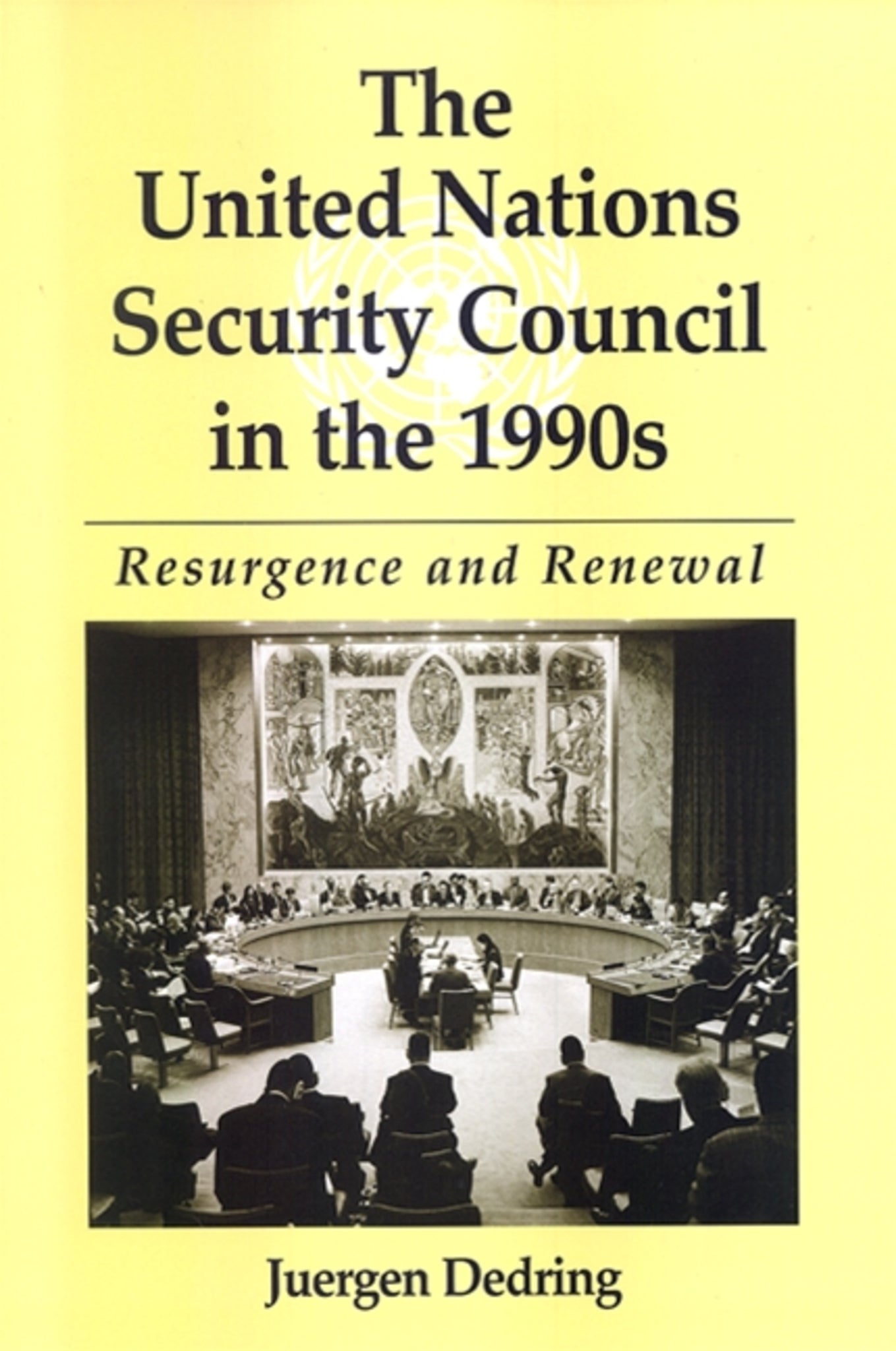We're sorry. An error has occurred
Please cancel or retry.
The United Nations Security Council in the 1990s

Some error occured while loading the Quick View. Please close the Quick View and try reloading the page.
Couldn't load pickup availability
- Format:
-
01 July 2009

An insider's account of the UN Security Council in the years immediately after the end of the Cold War.
From an insider's perspective, Juergen Dedring offers a systematic overview of the work of the United Nations Security Council following the end of the Cold War. He explores the nature of the Security Council's decision-making process and its transformation as a result of the basic learning taking place among its fifteen members and other participants on the one hand, and the challenges presented by a constantly changing world on the other. He examines the increasing transparency of the Council's political process and the increased participation of nonmember states and organizations. Discussions of numerous agenda items and thematic issues not usually covered by the media are included, along with case studies of situations in the occupied Arab territories, Tajikistan, and Sierra Leone. Dedring argues that the Security Council, whose purpose is to maintain international peace and security, has not only continued to perform its charter-based function, but has also experienced a phase of resurgence and renewal that has been effective in changing the Council's role in the center of the global system.


"I found this analytical history of the Security Council to be exceedingly informative. It is of great importance that more people—journalists, government officials, politically active people, and indeed all other people—understand the evolving decision-making procedures in the Security Council and the widening array of participants in the process. It is equally important that more people become aware of the ever-widening agenda of the Security Council. This volume very effectively provides this information." — Chadwick F. Alger, author of The United Nations System: A Reference Handbook
Introduction
1. Procedural Developments in the UN Security Council’s Work in the 1990s
2. The UN Security Council Emerging from the Cold War Era
3. The Phase of the Resurgence of the UN Security Council
4. The Situation in the Occupied Arab Territories
5. The Lessons of Tajikistan and Sierra Leone
6. The UN Security Council at Work: Peacekeeping, Terrorism, and Nonproliferation
7. The UN Security Council at Work: Peace Building, Refugees, and Humanitarian Assistance
8. The UN Security Council at Work: Miscellaneous Thematic Issues
Conclusion
Appendix
Notes
Bibliography
Index



